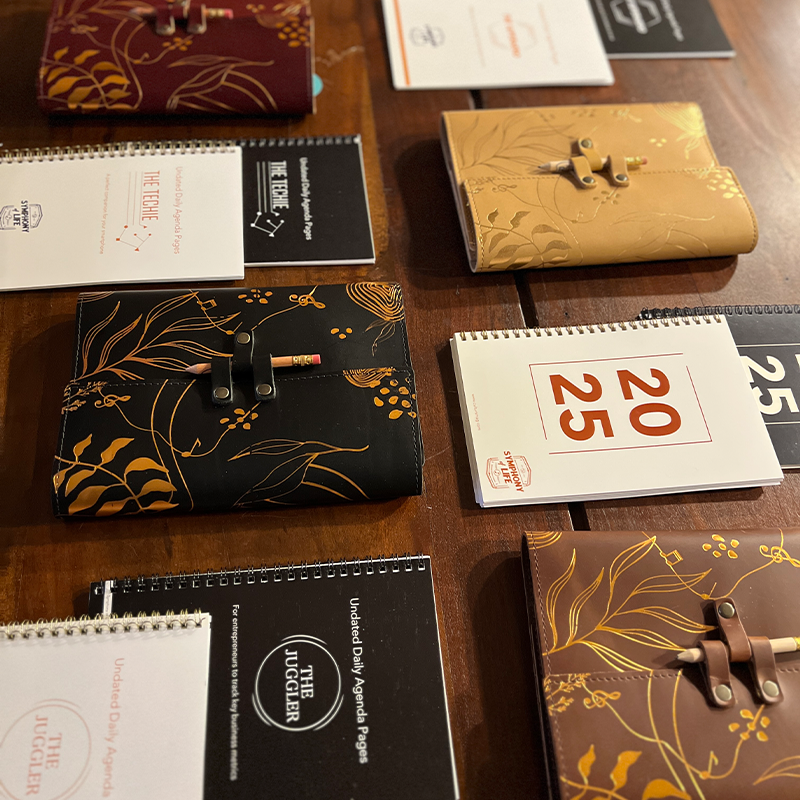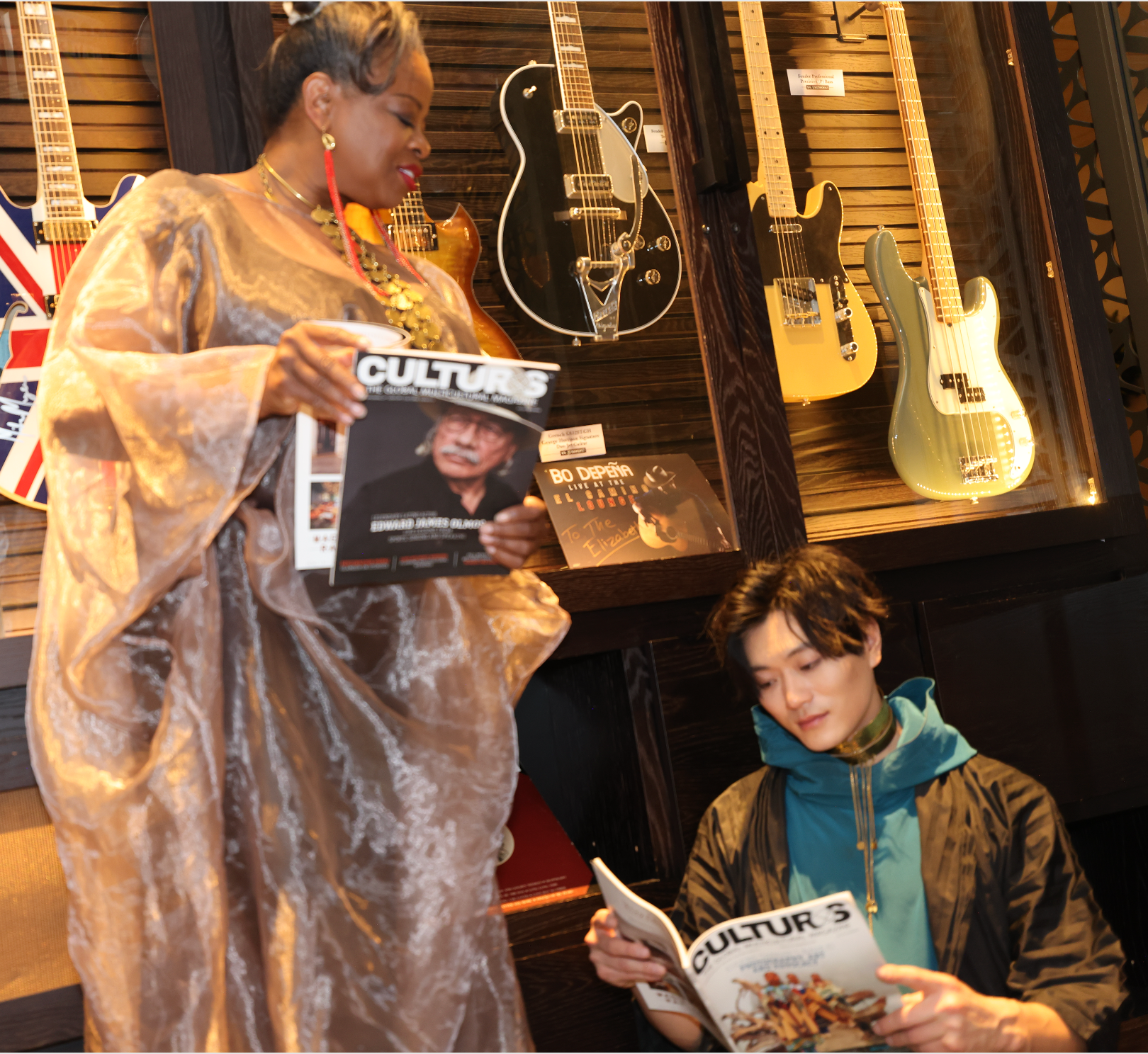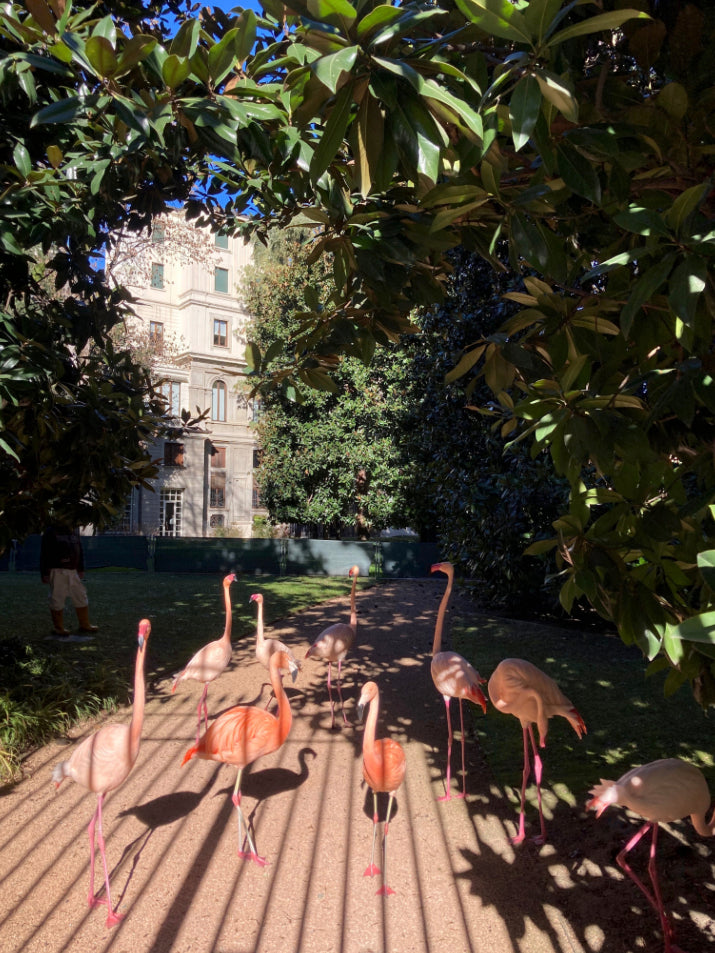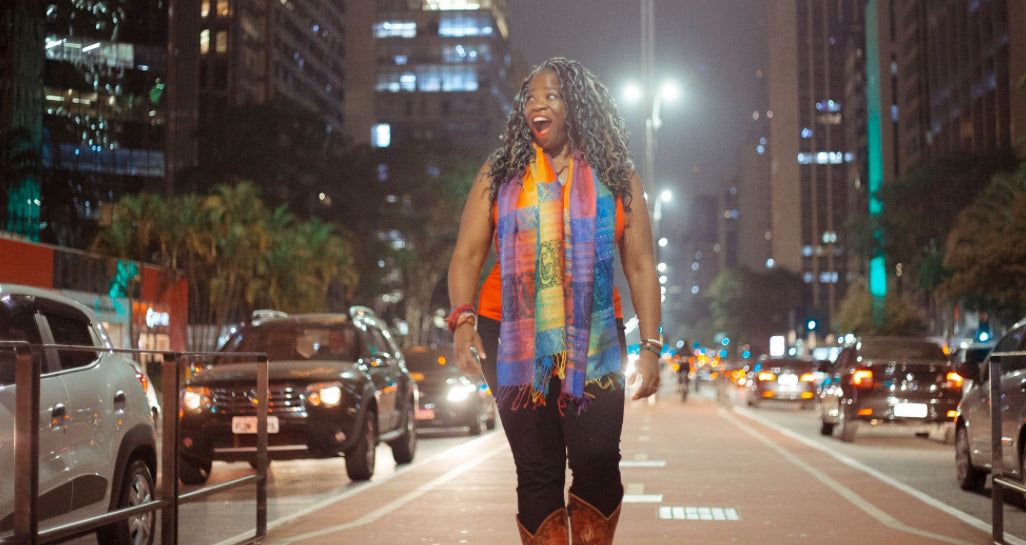Change, dynamism and the evolution of cultures are aspects that are part of all of us.
Every community always has been characterized by continuous flows of interactions between people that have allowed us to savor one of the most precious and extraordinary things we have: diversity.
In this global melange, places — and especially cities — become a fascinating laboratory in which the most significant changes manifest, which are reflected in the most diversified spheres, including architecture, design, art, traditions and everyday ways of living.

Through the journey, we have the extraordinary opportunity to get in touch with these realities, to interact with them and, sometimes, even to become part of them profoundly.
All this can happen, provided we put aside what sociologist Daniel J. Boorstin has defined as “The Environmental Bubble”: that protective attitude a tourist can assume when visiting a community with customs and traditions different from their own, leading them to look for familiar actions and activities rather than opening up to the new, or rather, to the different.
LOCAL RESIDENTS BUILD CULTURAL BRIDGES WITH VISITORS
The locals, in addition to being the active representatives and creators of the authenticity of a place, are also those who can help us get in touch with these diversities, and there are more and more cities in which many experiences emerge that serve as real cultural bridges with visitors.
Milan is certainly an example in this sense.
Often known only for its image as a “business city,” and mainly linked to two events that characterize it on a global level, namely Design Week and Fashion Week, Milan has a long-lived history dating back to the Celtic era of 560 B.C. and has seen many changes.
The city, therefore, is full of culture and secret places, ready to be discovered perhaps simply by strolling through its streets, or riding in a vintage Fiat 500 together with a local resident, in an original and unforgettable way. Not a bad idea, right?

This is how you can, for example, discover one place deeply appreciated by the Milanese people, namely the Navigli area and the Darsena, which are some of the last remaining waterways after, starting from the 1930s, most of the centuries-old canals that had been in the city were removed.
DISCOVER PLACES THAT HIDE SECRETS
Today, it’s a place to stroll and visit the beautiful hidden courtyards where there are shops of local artisans, but also come across the smallest gin distillery in the world, as well as try the famous aperitivo, a quintessentially Milanese concept to discover.
The uniqueness of these places is because of their style of “living in the open air,” sitting along the shore of the Darsena or among the ancient Columns of San Lorenzo dating back to the Roman period, enjoying a drink and local delicacies, lost in the sweet chatter of people nearby and the melodies of musicians who, sometimes, find in this place a way to involve people.

Walking through these areas also allows us to be surprised by places that hide truly astounding secrets, such as the fascinating and strange decorations with human bones present in the chapel of San Bernardino alle Ossa, or by the remains of the relics of the three Magi present in the Basicilia di Sant’Eustorgio.
A little further on, a stone’s throw from the crowded Piazza del Duomo, right in the center, it is possible to find the total peace of the “Quadrilatero del Silenzio,” emblem of the “Art Nouveau” or “Milanese Liberty” architecture that the bourgeois-class Milanese left us in the first two decades of the 20th century.
Here, among fascinating decorations, ornaments, courtyards and gardens of sublime beauty, it’s also possible to find an exotic oasis unimaginable for many: the flamingo garden of Villa Invernizzi, a place where these animals have lived freely since the 1970s and which fascinate people of any age.

But Milan is also the hub city of the economic boom of those years, and so our journey can continue with the beautiful colored houses of Via Abramo Lincoln, also known as the “Burano of Milan” and still unknown to most today, where seeing the colors, hearing the rustling palm leaves, and smelling the scents of jasmine in spring offer the feeling of being in the Caribbean.
And if we talk about work, how can we fail to mention the beautiful design districts, where works and architectural icons, including the Bosco Verticale, emerge in all their majesty, creating that mix between the past and the modern that only Milan can give.
What more can be said? Milan, considered frenetic by many Italians and calm by many foreigners, is ready to surprise us at any moment, and it’s there that it awaits to be discovered, making us a part, if we wish, of the constant change that distinguishes it.
And all of this is there at your fingertips, perhaps aboard a vintage Fiat 500.
You can find more about this experience on airbnb and on www.federicovaccari.com.








Leave a comment
All comments are moderated before being published.
This site is protected by hCaptcha and the hCaptcha Privacy Policy and Terms of Service apply.